Aug 4th 2022 - Monica Cunanan
A Complete Guide to Different Types of Cooking Methods
There are three main types of cooking methods: Dry Heat Cooking, Moist Heat Cooking, and Combination Cooking. Each of these methods uses heat to affect foods in different ways. Understanding the best ways to match different types of meat, seafood, and vegetables to the right cooking methods is one of the most important aspects when preparing delicious meals. Let’s dive right into it!
Three Categories of Cooking Methods
Dry-Heat Methods (Can Be Used with or Without Fat)
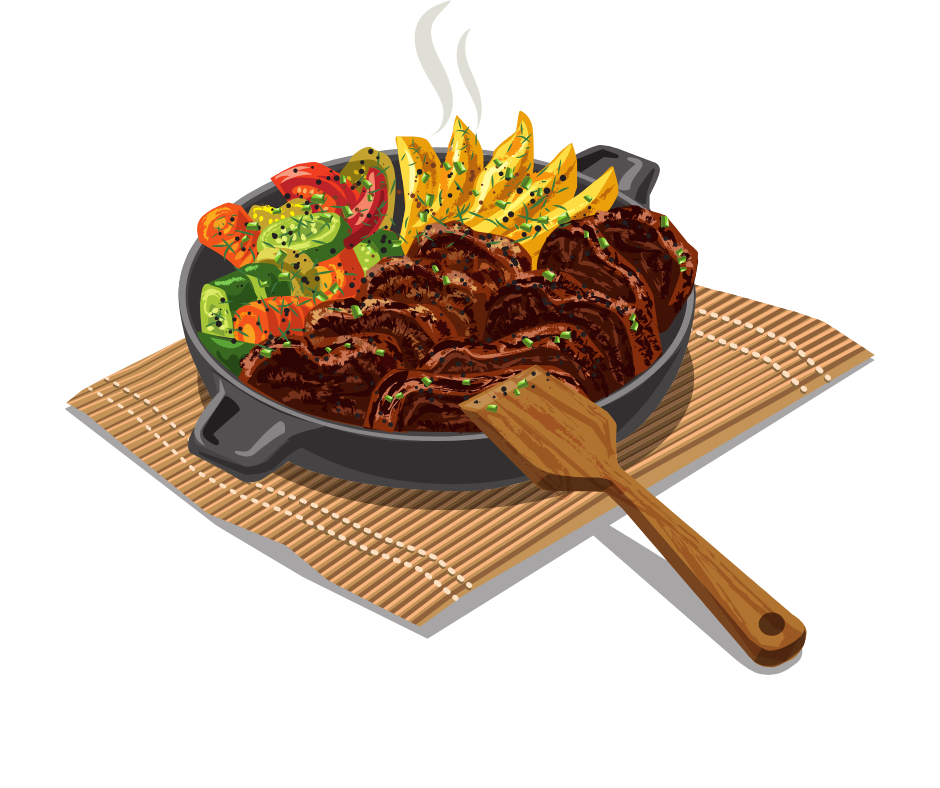
Dry heat cooking methods such as stir-fry, pan-fried, fried, and sautéed use fats and oils as their main cooking medium. This includes Broiling, Grilling, Roasting, Baking, and Sauteing. Dry-heat cooking techniques that don't use fats—such as grilling or roasting—use either direct or indirect applications for radiant heat.
Moist-heat Methods
Traditional moist heat cooking methods such as steaming, shallow poaching, deep poaching, and simmered dishes have traditionally been used for their simplicity and economy. Most of the classic dishes of the world use moist heat methods because they don't draw out soluble nutrients from foods as well. The result is tenderly flavored and healthy dishes.
Combination Methods
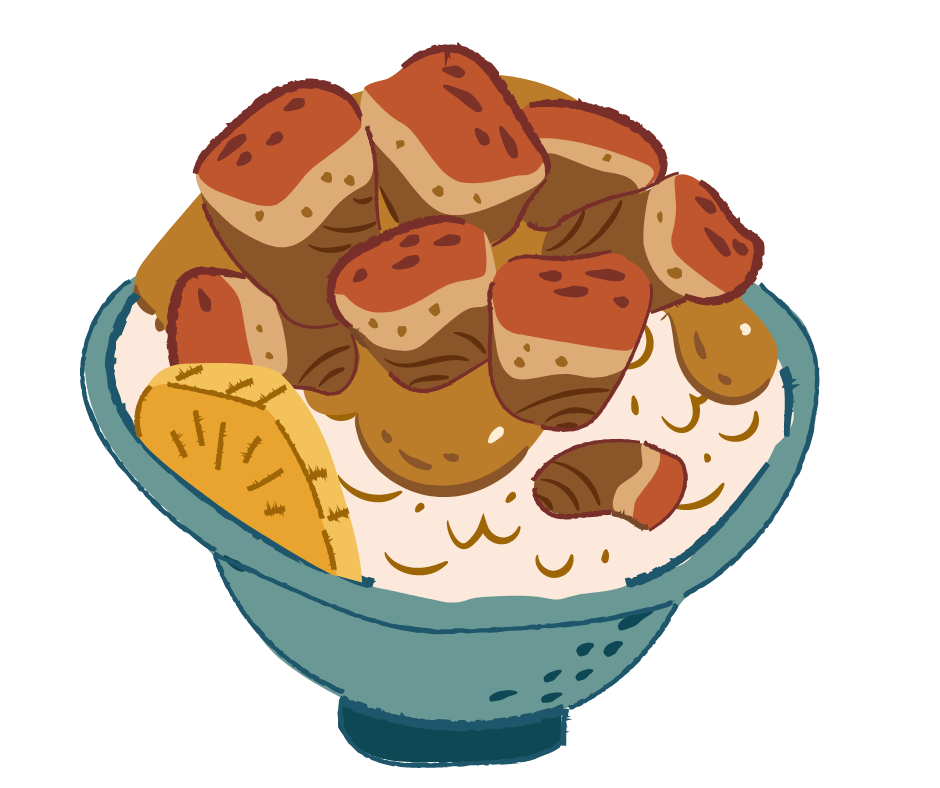
Methods such as braising and stewing, which use either dry or moist heat, are suitable for foods that are too hard to be successfully cooked by any other means. Tender foods such as fish and vegetables can also cook well when braised or stewed. However, they need less cooking liquid, low heat, and a short cooking time.
Dry Heat Cooking
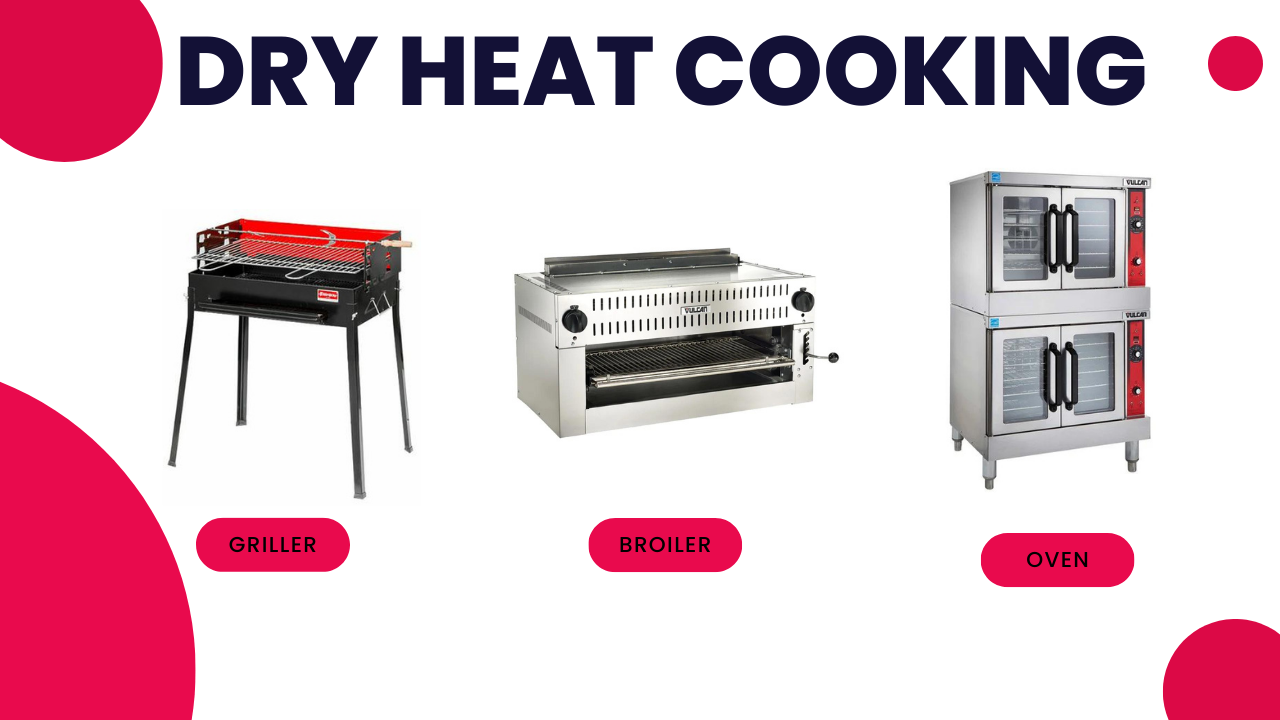
Dry-heat cooking techniques that don't use fats such as grilling, roasting, broiling, and baking, use either direct or indirect applications for radiant heat. It doesn't use any liquid, and any fats added during the cooking process aren't intended to be cooking media. Temperatures above 300°F (149°C) are used to create browned foods, which is a chemical reaction where the amino acids in food turn brown and give off an aroma and flavor. Both toasted bread and seared meats are examples of dry heat cooking. The end result is a crispy exterior and a tender interior.
Broiling
Directing extreme heat towards food, usually from an above-the-counter radiant, cooks the surface of the food on one side at a time. With this method, the meat cooks quickly, sealing juices and flavor inside and leaving a crisp exterior. Because this cooking method is fast, it makes sense to use a timer or check the finished state of foods so they don’t burn or overcook. You can use either a salamander broiler or an electric broiler for broiling.
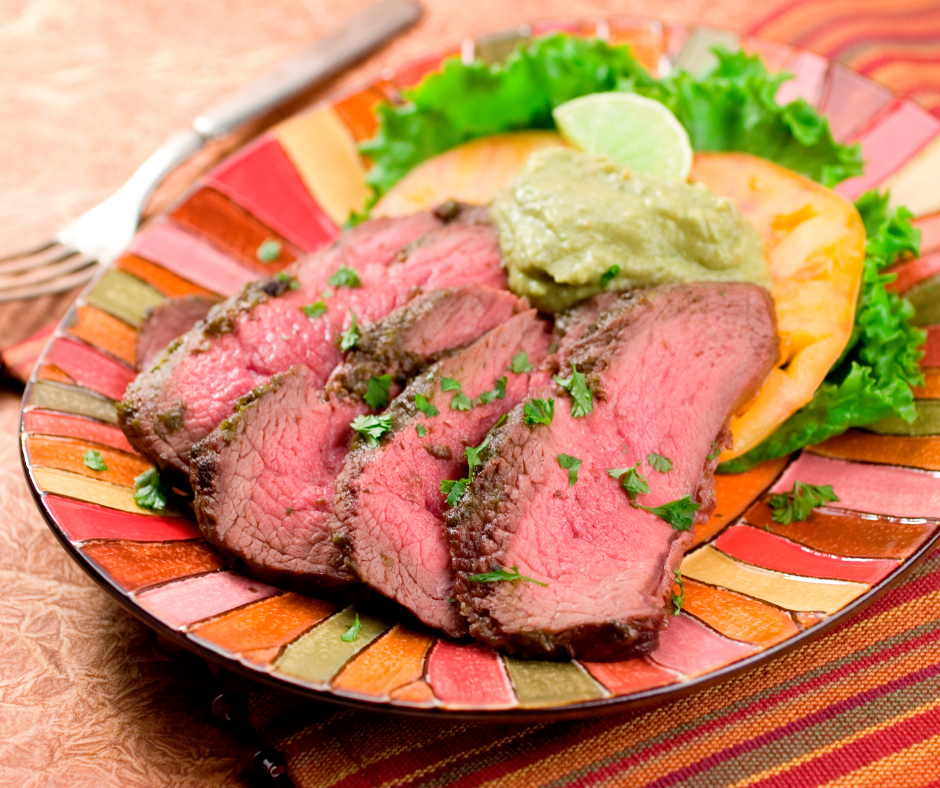
Food for Broiling:
- Meats
- Poultry
- Fish
- Fruits and Veggies
Grilling
It's similar to broiling, but grilling uses radiant heat to cook food quickly. Grills usually include an open grill top with a heating element such as a gas flame underneath the food. Grilling is done by placing food directly on a hot surface (usually metal) and cooking it for a certain period of time. To get desired results, you need to flip the food and achieve the charred grill marks that can add flavor to the food.
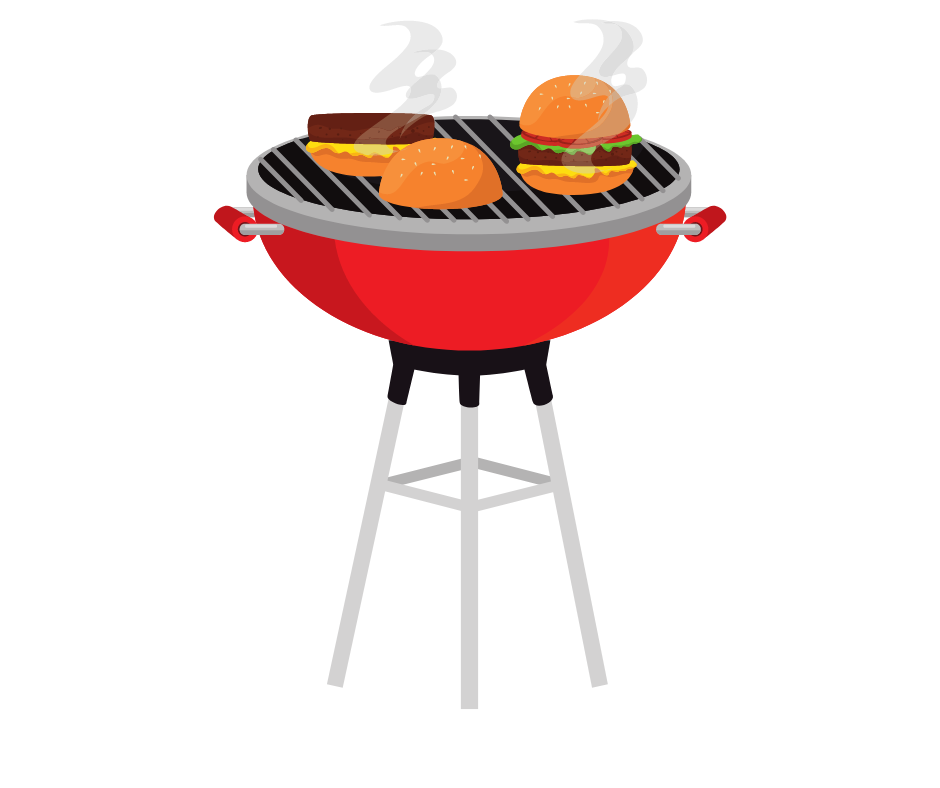
Food for Grilling:
- Burgers
- Meats
- Poultry
- Fish
Roasting
Roasting is done by placing meat directly into an oven and using indirect heat that cooks from every side for even browning. It takes longer but results in better flavor than searing meat and veggies quickly. You can roast tough cuts of meat at lower temperatures between 200°F and 350°F for tougher cuts, or higher temperatures up until 450°F for more tender cuts.
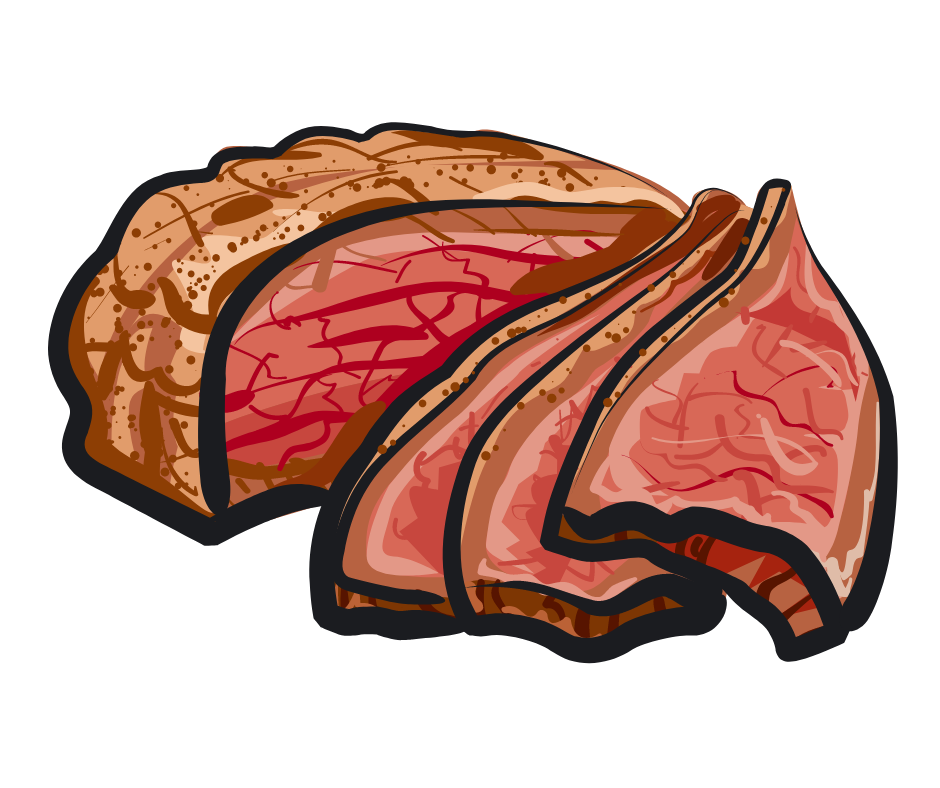
Food For Roasting:
- Meats
- Poultry
- Fruits and Veggies
Want to know about roasting tips? Check out this article
Baking
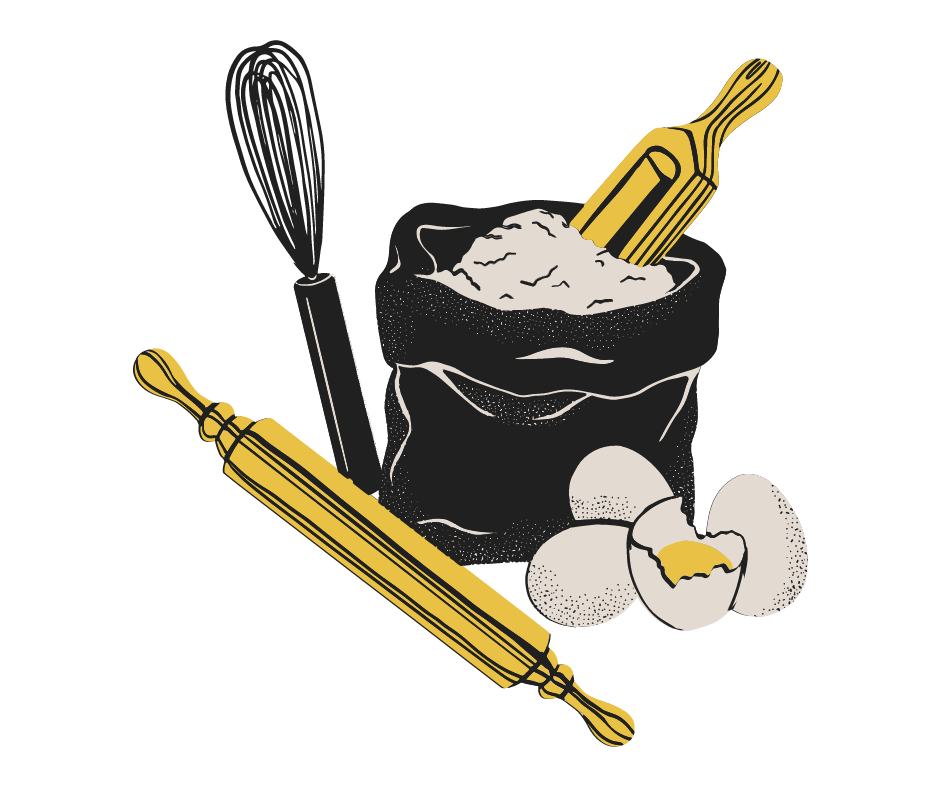
Both baking and roasting use indirect heat to surround food and cook from all sides at once. Roasting refers to cooking foods at high temperatures in ovens for long periods of time, whereas baking means using low heat for short periods of time. These cooking methods are technically the same, but baking tends to be done at lower temperatures than roasting.
Food For Baking:
- Baked Goods
- Pizza:
Sauteing
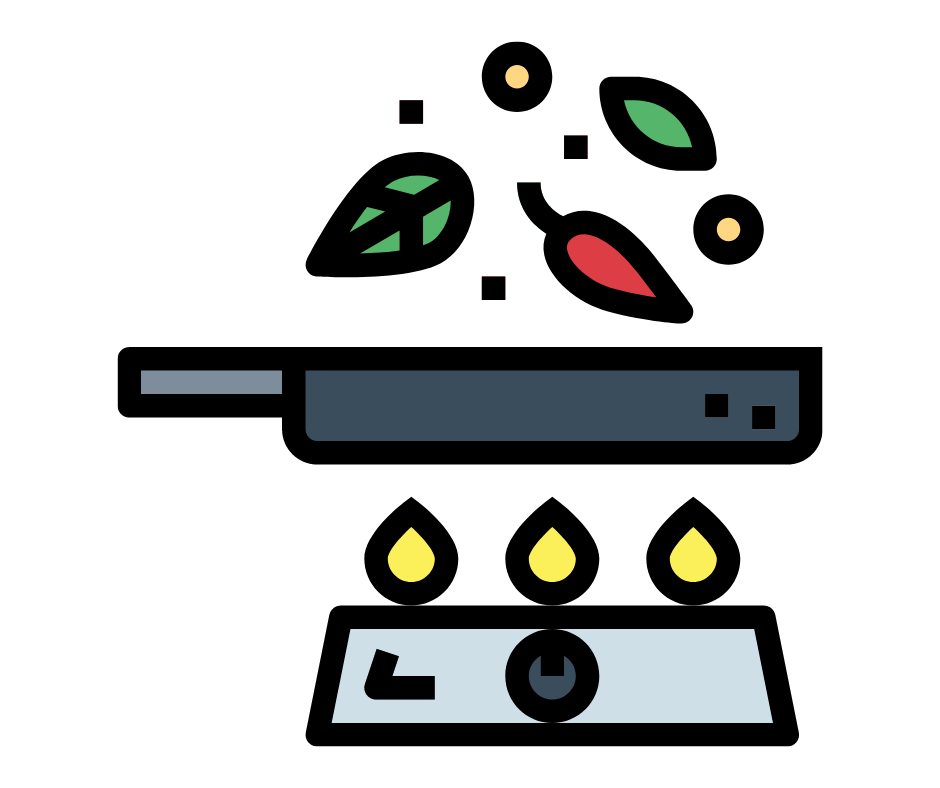
Sautéing is performed over a stovetop burner in a hot, deep skillet and uses a small amount oil or fat to cook food evenly. This method cooks foods very quickly so it's best to keep the food moving by tossing or flipping . Saute is ain a pan or skillet. French word that translates to "jump". When cooking, be sure the oiled pan has been heated up first, don't crowd the pan with too many ingredients at once, and keep stirring or tossing often.
Food For Sauteing:
- Meats
- Poultry
- Vegetables
Moist Heat Cooking
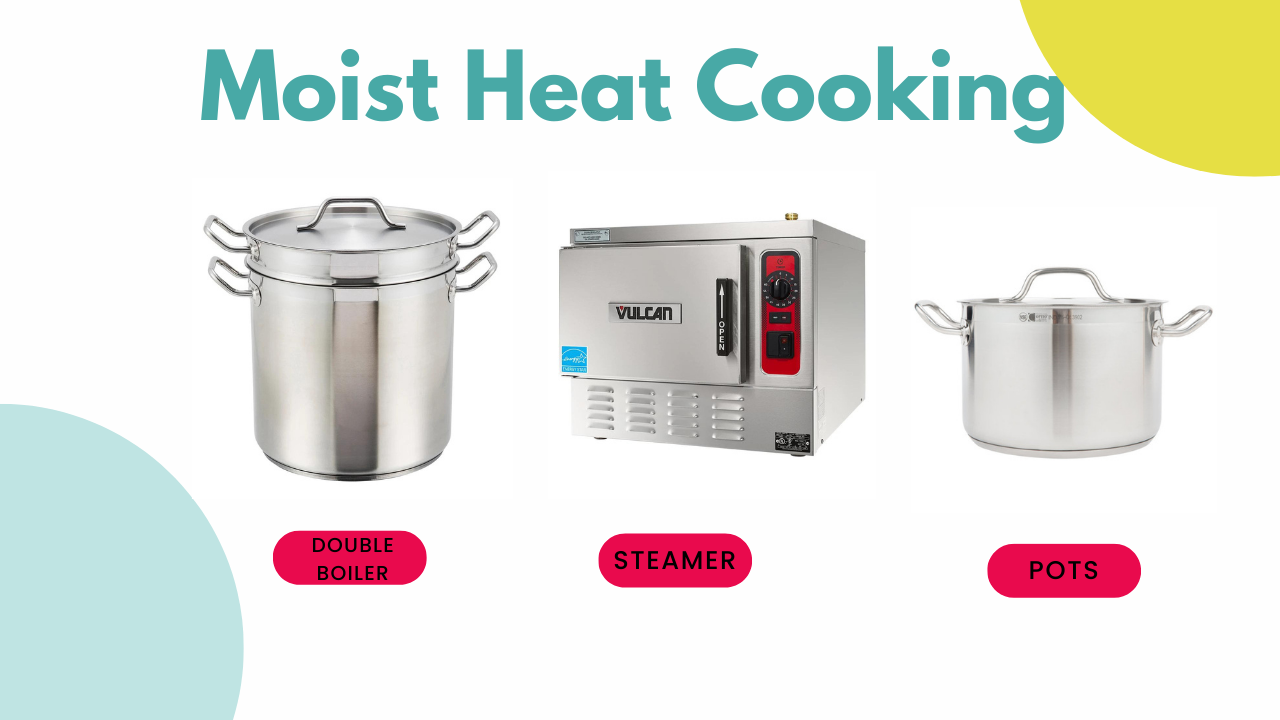
Moist heat cooking uses liquids or steam to cook foods; this method doesn't rely on direct contact between hot surfaces and food. You can use this method to make healthy dishes without adding any fats or oils. Tenderizing tough fibers in meats, like beef chuck or brisket, is a great way to tenderize them. Moist heat cooking makes fibrous vegetables and legumes softer by heating them up until they reach the right tenderness. Moist heat cooking methods won't produce a browned crust; they're best for baking bread and cakes.
Poaching
Poaching is a gentler way of cooking than boiling or frying. Foods are immersed in hot water between 140 and 180 degrees Fahrenheit. It’s best suited for delicate foods and preserves moisture and flavors without the need for fats or oils.
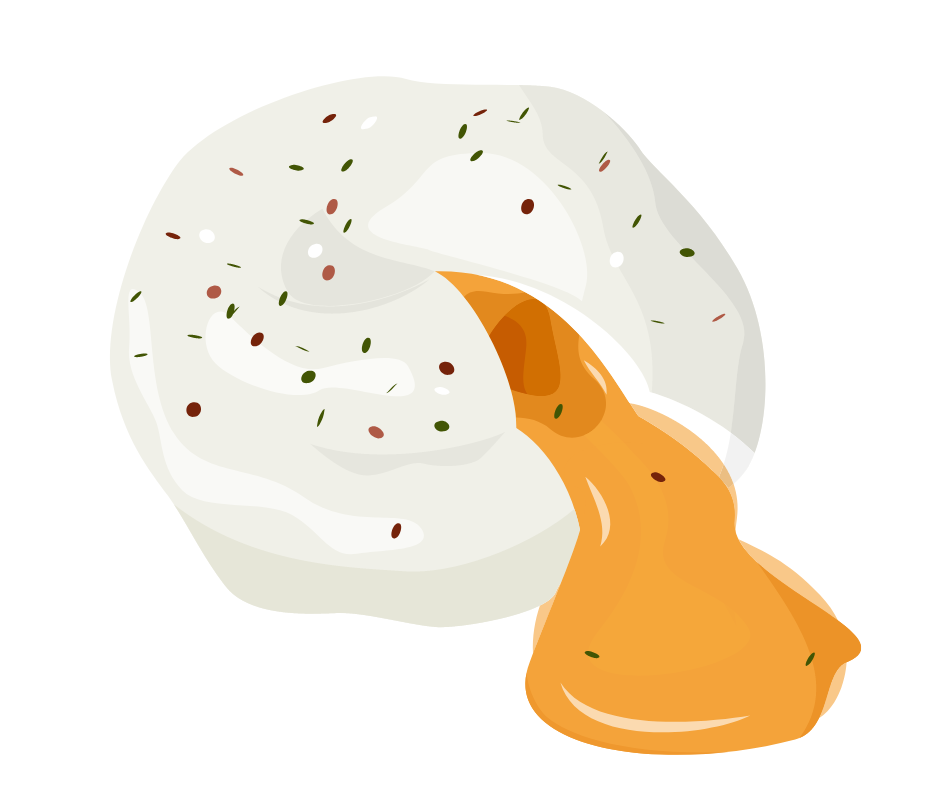
Foods for Poaching:
- Eggs
- Poultry
- Fish
- Fruit
Simmering
A simmer is a gentler form of cooking than boiling; however, it requires higher temperatures than poaching. Usually, simmers run from 180 degrees to 205 degrees Fahrenheit. This temperature range lies above the boiling point and produces large bubbles. To achieve a simmering state, first, bring the water up to the boiling point, and then turn down the heat.
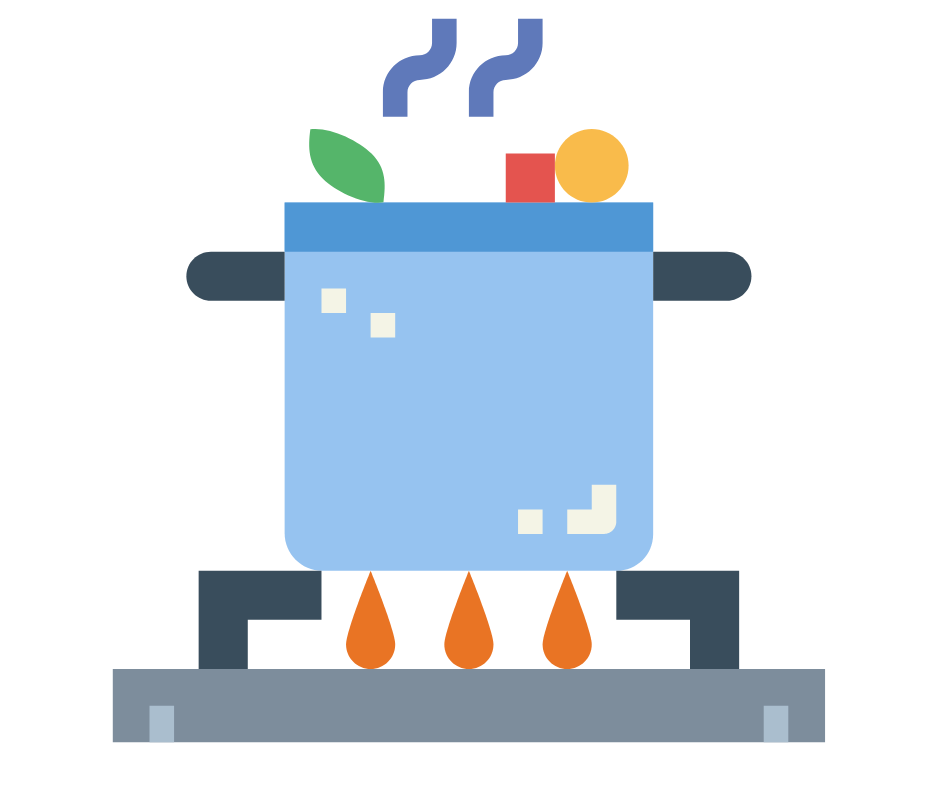
Food For Simmering:
- Rice
- Meats
- Soups and Stocks
- Vegetables
- Grains, Legumes
Boiling
This cooking technique involves putting food into hot water. There are two ways to boil: slow boil and full boil. Slow boil refers to the boiling water with large, slow-moving bubbles but is not quite heated to the boiling temperature. A full boil occurs when the boiling water results in fast-moving, rolling bubbles.
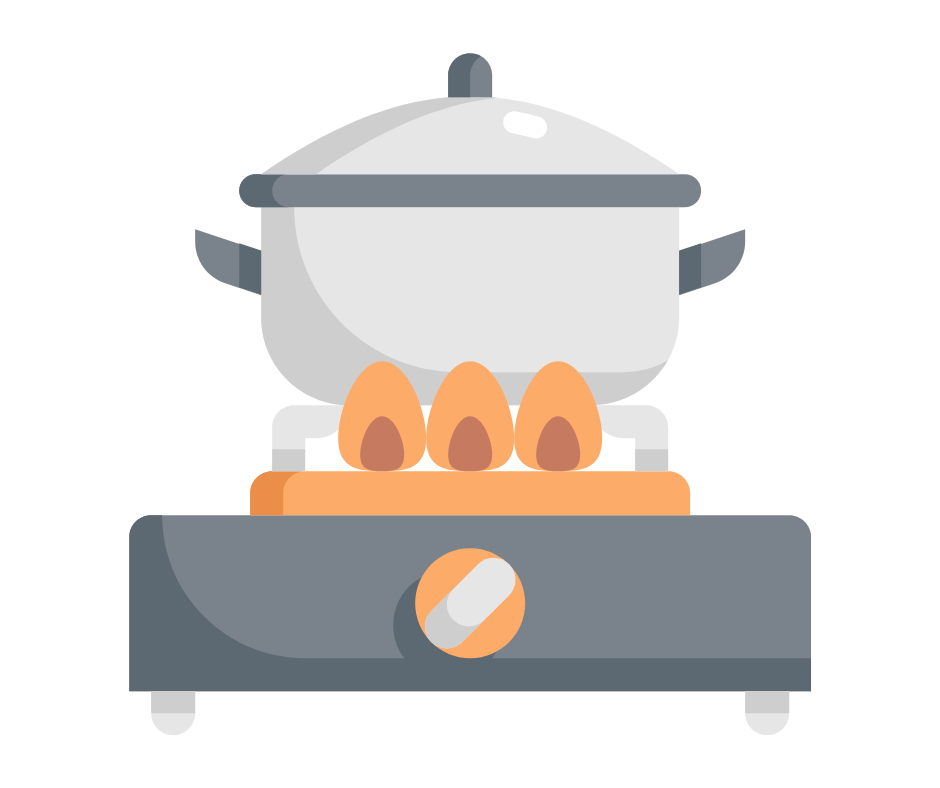
Food For Boiling:
- Pasta
- Eggs
- Vegetables
Steaming
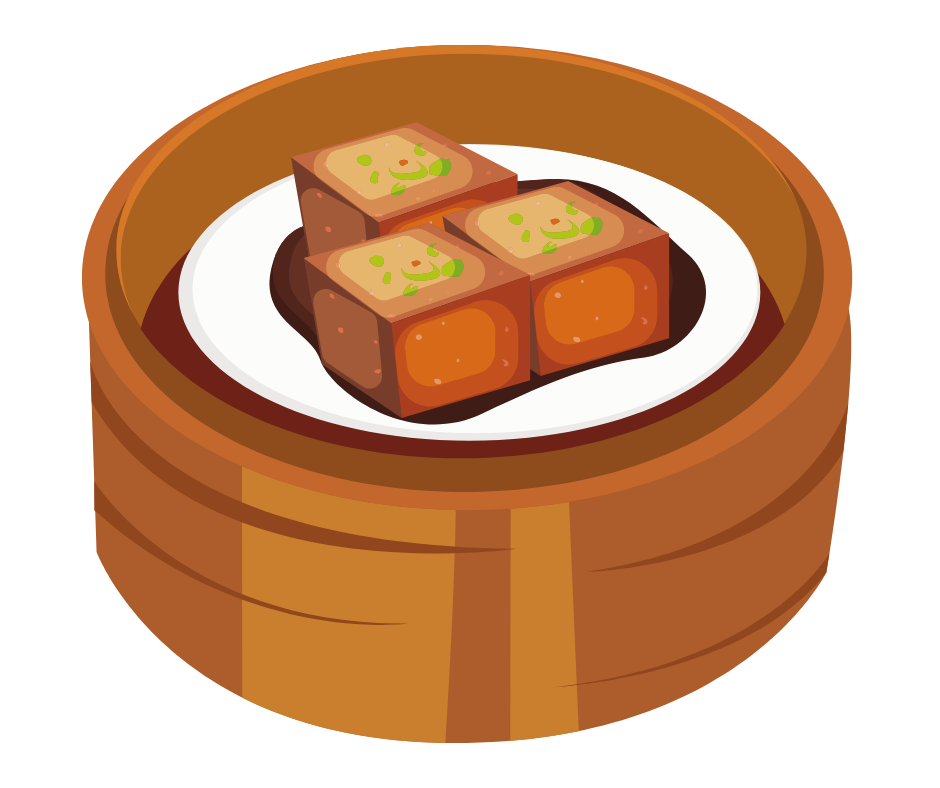
Water is heated continuously until it produces a steady stream of steam. Steam retains heat and moisture so that foods cook evenly without drying out. There are several different methods for steaming vegetables. High volume kitchens benefit from using a commercial steamer or a combination oven for cooking. You can use any method of steaming including using a pot and steaming basket, indirect steaming, microwaving, or wrapping foods in aluminum foil so they can be steamed in the oven.
Food for Steaming:
- Vegetables
- Fish and Shellfish
- Tamales
Combination Cooking
Combination cooking utilizes both dry and moist cooking methods. Foods are cooked in liquids at low heat for an extended period of time, resulting in a fork-tender product. This technique works with the toughest cuts of meat, gradually breaking down fibers until they melt into the liquid.
Braising
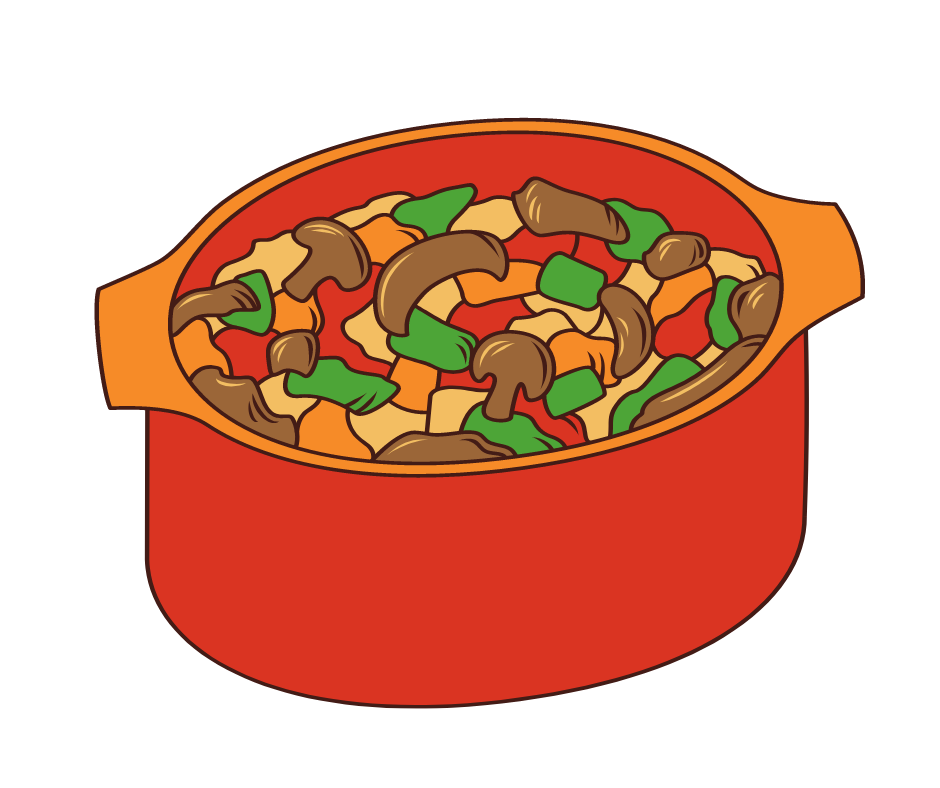
When cooking meat, first sear the meat in a hot oiled skillet, then transfer the meat to a large pot where it cooks in hot liquid. Only some of the foods are partially immersed in boiling liquid. By using lower heat, the foods become softer over an extended period of time, and the liquid reduces with intensified and delicious flavors. Braising is a good way to produce fork tender meat that falls off the bone.
Most combination recipes start by searing the main ingredient before adding anything else. Braising is usually used for foods that are portion size or larger, as well for cuts from more exercised parts of large animals, mature full birds, or large fish You can use any type of meat for stewing, but the main thing is cutting the meat into small pieces and adjusting the ratio between the amount of liquid used and the amount of ingredients.
Food For Braising:
- Meats
- Vegetables
- Legumes
Stewing
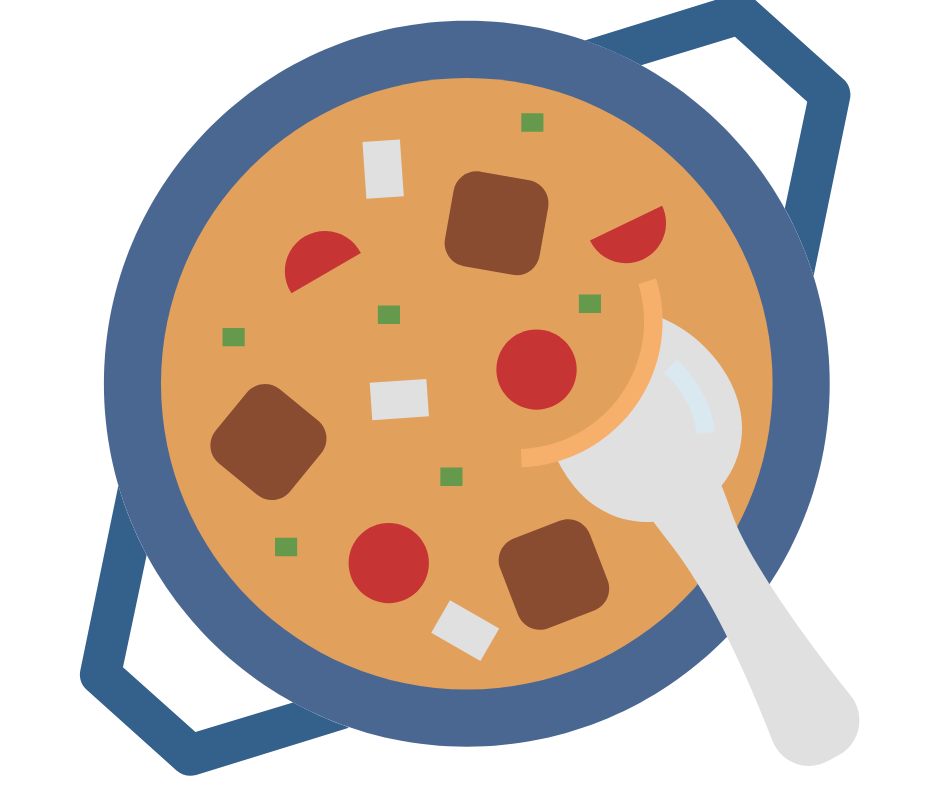
The main difference between stewing and boiling is that foods are completely immersed in hot water while stewing rather than being partially immersed. For stews made from smaller cuts of meat, the method of slow cooking them at low heat is the exact same. You may use a self cooker for this. As the stew simmers, the fibers in the vegetables break down and fats and collagens from the meat dissolve into the liquid. The result is a rich, flavorful gravy made from tender pieces of meat and vegetables.
Food For Stewing:
- Meats
- Vegetables
Ready to Try Out Different Methods of Cooking?
In your kitchen, you may want to invest in different quality restaurant equipment for long-term cooking. Here are some of the kitchen essentials that we recommend to try out different types of cooking method.
- Salamander Broiler
- Commercial Restaurant Fryers
- Braising Pan Cover and Kettle
- Steam Cooking Equipment
Here at Culinary Depot, we offer choices perfect for outfitting your commercial kitchen or even at home. Contact us today!

